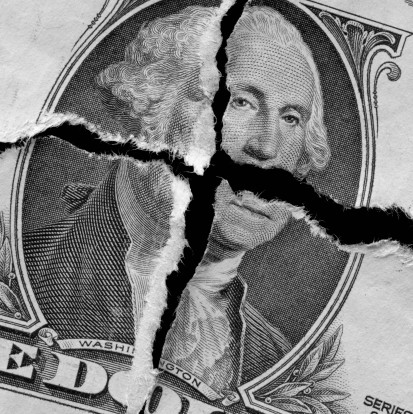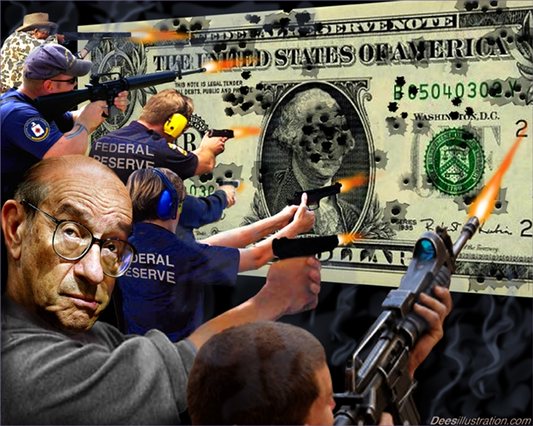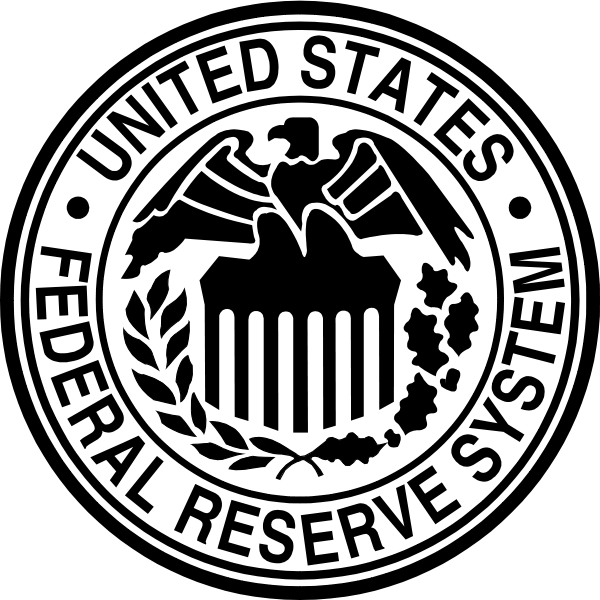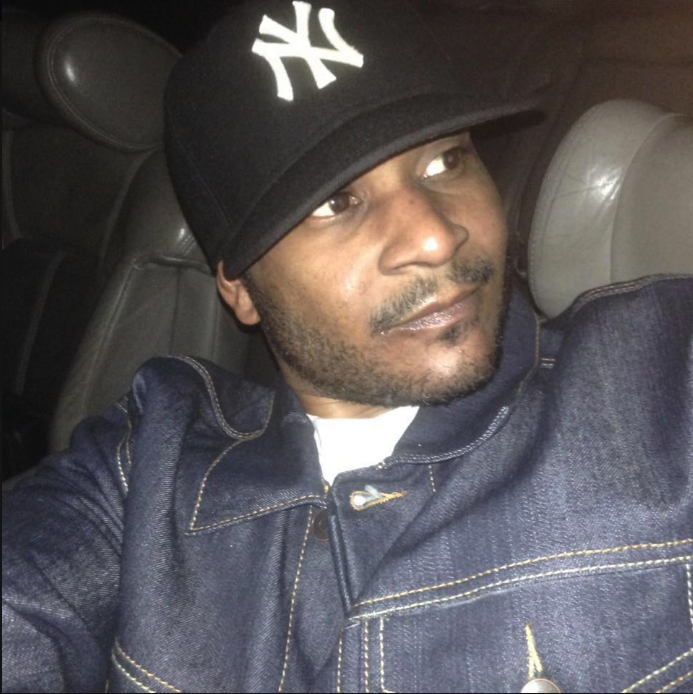 In 1913, President Woodrow Wilson of the United States was successful in publishing the Federal Reserve Act through Congress. The act allowed the government to establish the third central bank in the nation's history.
In 1913, President Woodrow Wilson of the United States was successful in publishing the Federal Reserve Act through Congress. The act allowed the government to establish the third central bank in the nation's history.
Think of the Fed as the bank of banks, and the government's bank – the gatekeeper of the US economy. The board, which is run by seven governors and presided over by a chairman and vice chairman, is charged with managing the supply of money and credit to the economy.
By manipulating interest rates and creating money, the Fed can either stimulate or stifle the economy.
The Federal Reserve is the primary force in determining our nation's money supply. The Fed's two main goals are:
- To help stimulate economic growth;
- To try to keep inflation low.
- These goals often conflict.
The central bank Federal Reserve System has a tremendous amount of power and a monopoly control over money and credit. The chairman of the Federal Reserves is more powerful than even the president, because he has so much control over the economy.
The Fed is the key to how much money and credit is in the US economy in any given time. This is due to the fact that the United States currency is a fiat money — in other words, it is not backed by anything tangible, and therefore it can be created out of thin air.
The US Dollar was not always a faith-based currency. There was a time when for every dollar in circulation, there was a coinciding amount of gold to back it up – a gold standard.
“In the nineteenth century, starting with the Napoleonic Era, all the major money systems of Europe were anchored by gold,” Bill Bonner explains. “All of these countries had gold lining their systems, so when they traded with one another they could either trade their Gold, or if you traded paper money, it was certain that there was gold backing their currency.
“And that system was very, very successful. The prosperity of the nineteenth century was amazing,” Bonner continues.
“That system broke down in World War I, however. Governments, as they always do, spent too much money. Britain borrowed too much, the French borrowed too much, and then they couldn't pay it back because they didn't have enough Gold to pay that kind of expense.” 
Even so, that gold-backed system lingered on throughout the twentieth century – but not perfectly – and the last stage of this system was Bretton Woods, which lasted until 1971.
Bonner tells us: “Prior to 1971, we had the Johnson administration, we had the Great Society and the Vietnam War, and those things were very, very expensive. And somebody told Johnson, ‘Wait a minute, you can't have both guns and butter. You can't have a huge domestic spending program and the Great Society, at the same time that you have a huge war going on in Asia. That won't work, we can't afford that.'
“At that time the Democrats, led by Johnson, said, ‘Oh yes we can; we're a big rich country, we can afford both guns and butter.' Well, sure enough it wasn't true, and they couldn't afford that much without raising taxes, and they didn't want to raise taxes because then they wouldn't be reelected. So they had this big problem. And what resulted from that was a run on America's money.”
Other countries, especially the French, led by Charles de Gaulle, noticed that the Dollar was weakening. So de Gaulle told the United States that he wanted to exchange the dollars France held for gold. As this “run on the bank” continued, Nixon examined the situation and realized that if France took all of that gold, the United States would not have much gold left, and in turn he decided to close the gold window.
That was August 15, 1971, and since then, no foreign government could trade dollars for gold. Now, with the Bretton Woods System a thing of the past, whenever the Fed determines that the US economy needs a stimulus, interest rates are lowered, borrowing becomes easier, and more money flow. This is known as  opening the Fed window, and the result is an increase in the money supply. Closing the Fed window decreases the money supply.
opening the Fed window, and the result is an increase in the money supply. Closing the Fed window decreases the money supply.
If the money supply is increasing, thanks to the Fed opening the window, consumers feel wealthier and more money changes hands as they buy goods and services. This puts a chain of events into motion. Businesses see increased sales and therefore order more materials and increase production. This, in turn, increases the demand for labor and goods.
What happens after that, in a buoyant economy, is that prices of stocks rise and firms issue equity and debt. If the money supply continues to expand, the prices for these goods and services begin to rise, especially if output growth reaches capacity limits – in other words, a bubble is formed.
As the public begins to expect inflation, lenders insist on higher interest rates to offset an expected decline in purchasing power over the life of their loans. When inflation is rising, the Dollar is quickly losing value, and the Fed raises interest rates, which means borrowing becomes more expensive and money eventually flows out of the economy.
When the supply of money fails, on the other hand – or when its rate of growth merely declines – economic activity declines and either disinflation (reduced inflation) or deflation (falling prices) results. In a worst-case scenario, the economy can become stagnant and inflation can rise simultaneously, a situation called stagflation.
In stagflation, the Fed is then faced with an extremely difficult choice, because it can't raise interest rates and lower them at the same time. It must choose either to stimulate the economy or to fight inflation. This last happened in the United States in the late 1970s, and it proved to be very difficult time for the country.
The forces of inflation had been picking up steam throughout the 1970s, and the prices of just about everything were hitting record highs. Pete Peterson, then secretary of Commerce under the Nixon Administration, remembers this period in US history clearly. “I was in the Nixon White House,” Peterson recalls, “first as an economic adviser to President Nixon and then as secretary of Commerce. History will record the Federal Reserve was part of the problem. They let money supply get out of control…

Founder of Lazarus Enterprises Group and head of strategy at Apex Media 365, also Apex Marketing Pro, a leading digital marketing firm.
We developed a system to help small businesses, and local companies connect with potential clients, and customers who truly need their goods or services, which will in-turn increase the company’s net worth with a lot more ease, and control.
We do this utilizing Gorilla marketing tactics, and technology to measure a return on investment.
To schedule a free 30-minute Marketing Tune-up, call us: 1-888-256-4202
